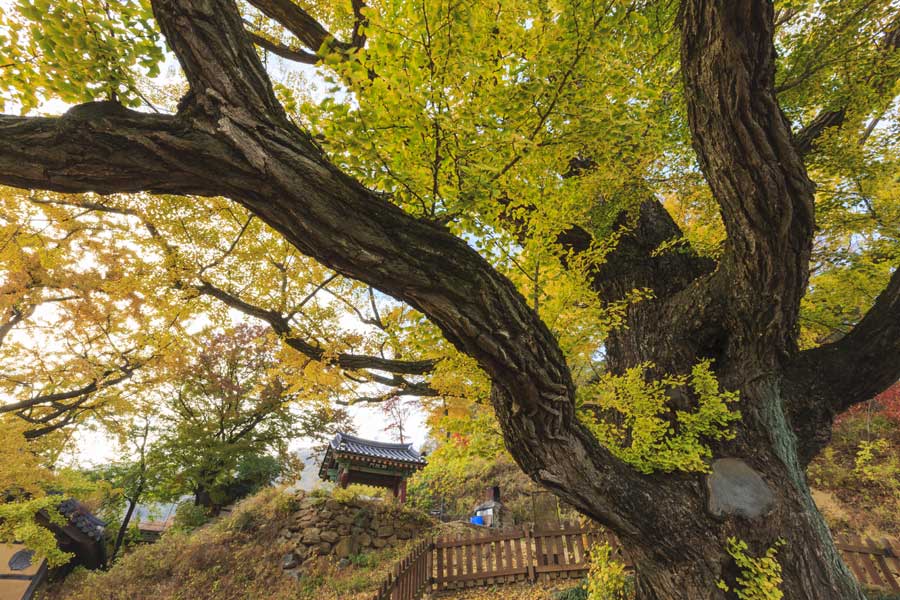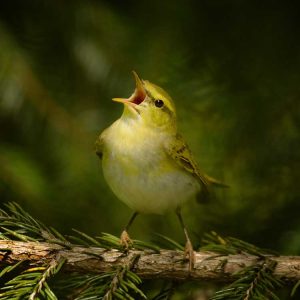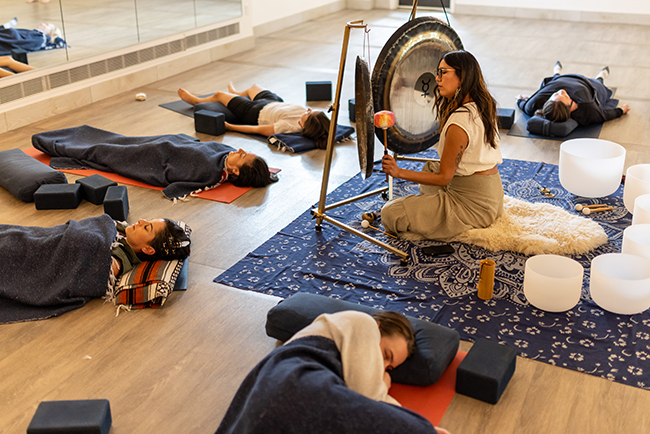A Dose of the Outdoors- Forest exposure is good for us
13 Jun 2017
Forest exposure makes us happier, healthier—even smarter and kinder
By Julie Marshall Two centuries ago, Romantic-era poets like William Wordsworth were aesthetically aware of nature’s powerful effects on our emotions, our creativity and our overall well-being. “Come forth into the light of things/Let Nature be your teacher," Wordsworth wrote in “The Tables Turned” in 1798. Today, science empirically confirms what the poets knew so well, says Florence Williams in The Nature Fix: Why Nature Makes Us Happier, Healthier, and More Creative (W.W. Norton & Co., 2017). Experiments over the last decade show that when we’re in nature, our blood pressure measurably drops. Our moods—even clinically depressive states—improve, our senses sharpen, and we become smarter and kinder human beings. Our species is wired to need nature experiences on a biological level as a pathway to health, experts attest. And that makes it problematic in that, according to statistics, today’s adolescents have never spent more time indoors attached to computer screens and detached from nature. It’s no coincidence that we are witnessing more depression, obesity and unhealthy behaviors on an unprecedented level. The solution is simple, says Williams, a former High Country News reporter who recently spent five years living in Boulder. “Our kids need to get out into nature more,” she says. “We are at risk of losing our innate love of nature as a species, and that’s really scary.”‘Nature-Deficit Disorder’
In 2005, Richard Louv’s book Last Child in the Woods: Saving Our Children from Nature-Deficit Disorder inspired a national movement to reconnect children to the benefits of nature, says naturalist Dave Sutherland, whose job with Boulder’s Open Space and Mountain Parks is to create ways for kids to access nature. “The research is really starting to pile up now,” he says.
Prescription: Time in Nature
Sutherland likes to imagine that physicians will soon be scribbling “Time in nature” on prescription pads, and Williams says there’s an actual number they can prescribe. Research shows that a dosage of 5 hours a month spent outside the city (or a couple of times a week for 30 minutes) can indeed elevate mood and stave off depression.
Recommended Forest Hikes
Research shows that for our health, we need to spend at least 5 hours each month in nature. Even a short walk in the foothills can produce lasting physiological changes. Here are a few ideas for Boulder forest hikes to engage all our senses, courtesy of local naturalist Dave Sutherland. Shanahan Road Trail Loop Access: Lehigh Street and Lafayette Drive Health Benefit: A “forest bathing” experience in a ponderosa pine forest without the stressful parking experience of Chautauqua. Put your nose to a tree, take a whiff of the bark and enjoy the scent of vanilla. Some tree barks smell like chocolate or butterscotch. Homestead Trail Access: South Mesa Trailhead, 1.7 miles west of Highway 93 on Eldorado Springs Drive Health Benefit: Ponderosa pines, spectacular views and colorful wildflowers. Turn off your phone and pay attention to the sound of the wind. Nature is always singing a song to us, but we don’t always listen. Flagstaff Mountain Access: 3.4 miles up Flagstaff Road at the junction with Flagstaff Summit Road. Hint: Ute and Range View trails make a nice loop with views of Indian Peaks. Health Benefit: A really great place to walk in the forest and smell the wildflowers, take a close look at the exquisite wing patterns of forest butterflies, and hear migratory songbirds and woodpeckers. Keep a lookout for mule deer in the meadow and raptors nearby. Dakota Ridge and Hogback Ridge Trail Access: North Foothills Trailhead and Fourmile Creek Trailhead on Lee Hill Road Health Benefit: There’s no shortage of awe-inspiring views here, and you don’t have to worry about crowds of people. A 700-foot climb to a rocky ridge offers a spectacular panoramic view of the Great Plains. Ideally, take a night hike on a full moon to appreciate the sea of darkness that is protected open space buffered by islands of city lights. South Boulder, Bear and Green Mountain Peaks Access: South Mesa Trailhead, National Center for Atmospheric Research Trailhead, and Flagstaff Mountain Health Benefits: These are all nice forested areas to explore. South Boulder and Bear Peak are rebounding from the 2012 Flagstaff Fire. It’s a great way to witness the exuberance of life in the aftermath of fire and appreciate the circle of life. Chautauqua Park Access: Grant Place and Baseline Road Health Benefits: If you’re willing to fight crowds and parking, Chautauqua is an obvious gem for forested walks and fantastic views. The Ranger Cottage offers free nature-discovery activity packs for children that include a pair of binoculars, a magnifying glass, crayons and Bingo sheets. Here’s information: www.bouldercolorado.gov/osmp/naturepack. More ideas from Open Space and Mountain Parks, www.osmp.org The Connect Kids to Nature page offers information for parents to help engage kids on nature walks. www.bouldercolorado.gov/osmp/connect-to-nature Trailheads and maps: www.bouldercolorado.gov/osmp/trails-and-maps Updated list of free nature hikes by Open Space and Mountain Parks: www.naturehikes.org Self-guided hikes on geology and history—a great way to learn more on your own: www.bouldercolorado.gov/osmp/elearning












